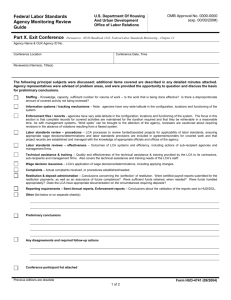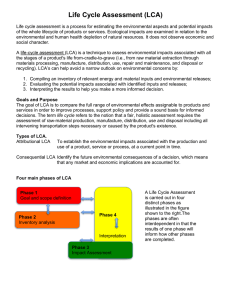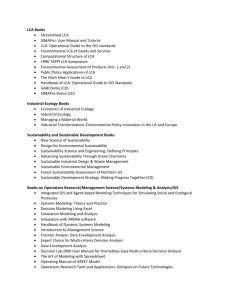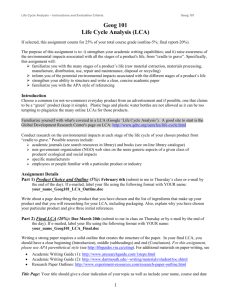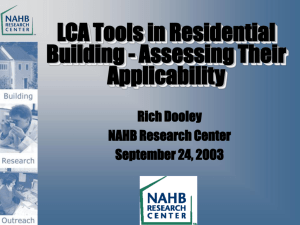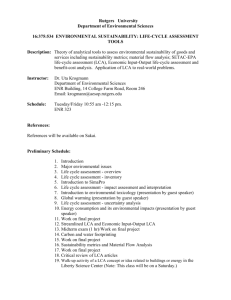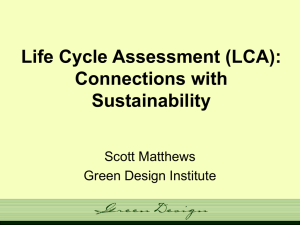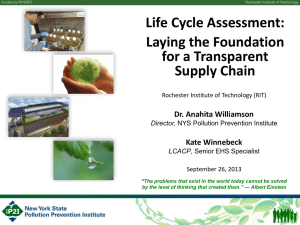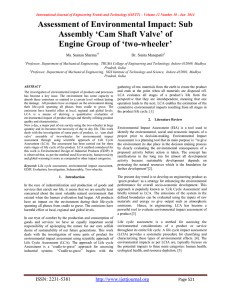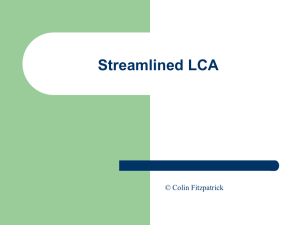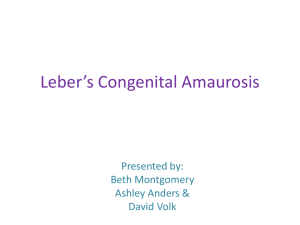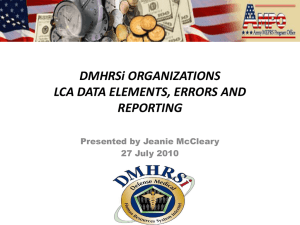Music Getting Started
advertisement
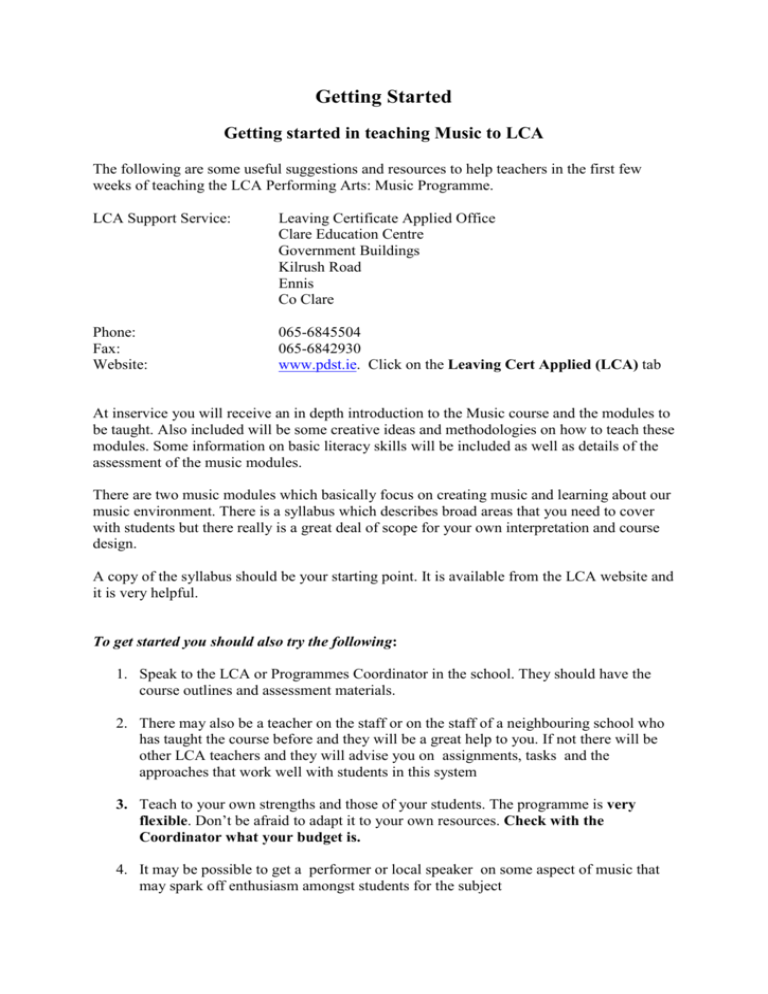
Getting Started Getting started in teaching Music to LCA The following are some useful suggestions and resources to help teachers in the first few weeks of teaching the LCA Performing Arts: Music Programme. LCA Support Service: Leaving Certificate Applied Office Clare Education Centre Government Buildings Kilrush Road Ennis Co Clare Phone: Fax: Website: 065-6845504 065-6842930 www.pdst.ie. Click on the Leaving Cert Applied (LCA) tab At inservice you will receive an in depth introduction to the Music course and the modules to be taught. Also included will be some creative ideas and methodologies on how to teach these modules. Some information on basic literacy skills will be included as well as details of the assessment of the music modules. There are two music modules which basically focus on creating music and learning about our music environment. There is a syllabus which describes broad areas that you need to cover with students but there really is a great deal of scope for your own interpretation and course design. A copy of the syllabus should be your starting point. It is available from the LCA website and it is very helpful. To get started you should also try the following: 1. Speak to the LCA or Programmes Coordinator in the school. They should have the course outlines and assessment materials. 2. There may also be a teacher on the staff or on the staff of a neighbouring school who has taught the course before and they will be a great help to you. If not there will be other LCA teachers and they will advise you on assignments, tasks and the approaches that work well with students in this system 3. Teach to your own strengths and those of your students. The programme is very flexible. Don’t be afraid to adapt it to your own resources. Check with the Coordinator what your budget is. 4. It may be possible to get a performer or local speaker on some aspect of music that may spark off enthusiasm amongst students for the subject 5. I would recommend that you start with a survey of music in the local environment. There are good suggestions on how to do this in the syllabus and it gets your students out and actively learning right from the start. Below *are some suggestions on how you might organize this. 6. It’s a good idea to go through the uses of music in everyday life in tandem with the survey on music in the local environment and also to start going through the main developments in popular music in the twentieth century. This enables students to become aware of the different styles of music that they hear around them and to have some knowledge of their origins. 7. If there was one book you could buy for your students it would be the Osborne book: Understanding Music. It’s a good introduction to the different musical styles and techniques as well as a basic introduction to music technology. 8. Below is an outline of the course I follow for the first few weeks but I must stress that the plan is very individual. *Note on possible tasks for students while researching music in their local environment. Each task can be assigned to individual or groups of students. Do a survey on the kind of music played in local hotels, bars and restaurants. Note the Style of music played and the time of day it was played at. Do a survey on the music or lack of it played in businesses such as shops, banks supermarkets, hairdressers, community centres etc Get a list of the festivals, theatres and other events and venues where music is played Collect data on music resources in your area such as music shops, shops that sell instruments, recording studios, music resources in the local library, youth centres etc Interview a person working in a local music shop Interview a local musician or singer Interview a local DJ (always a popular one!) Investigate the musical activities in the school. What music events happen in the school? You could interview the music teacher re this: Build up a databank on music services available in the community. A good way of doing this is to survey student class groups and find out who plays what instrument, who dances or sings and ask what teacher they attend. Interview older people (You could pick different age groups and compare) and establish the changing habits and tastes re music in the local community You could check out the music programmes on the local radio stations: what kind of music they play and when they play it, who their target audience is etc. It’s good to survey a Junior and Senior class group or groups to establish their favourite radio and TV music programmes. And no doubt there’s much more! Student class groups can also be surveyed to establish what styles of music they listen to. Believe me organizing this will take a few classes! This can be the students’ first assignment and you can get feedback from each of the groups in class.
